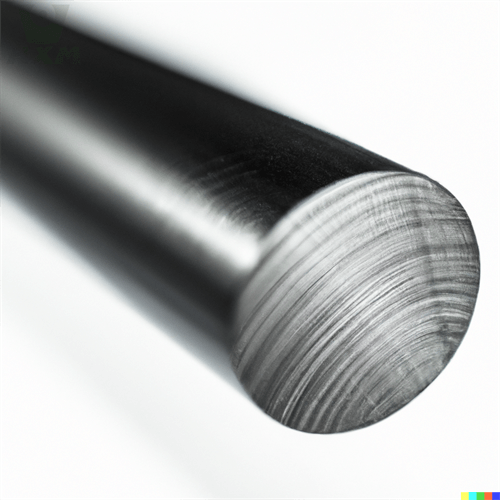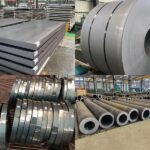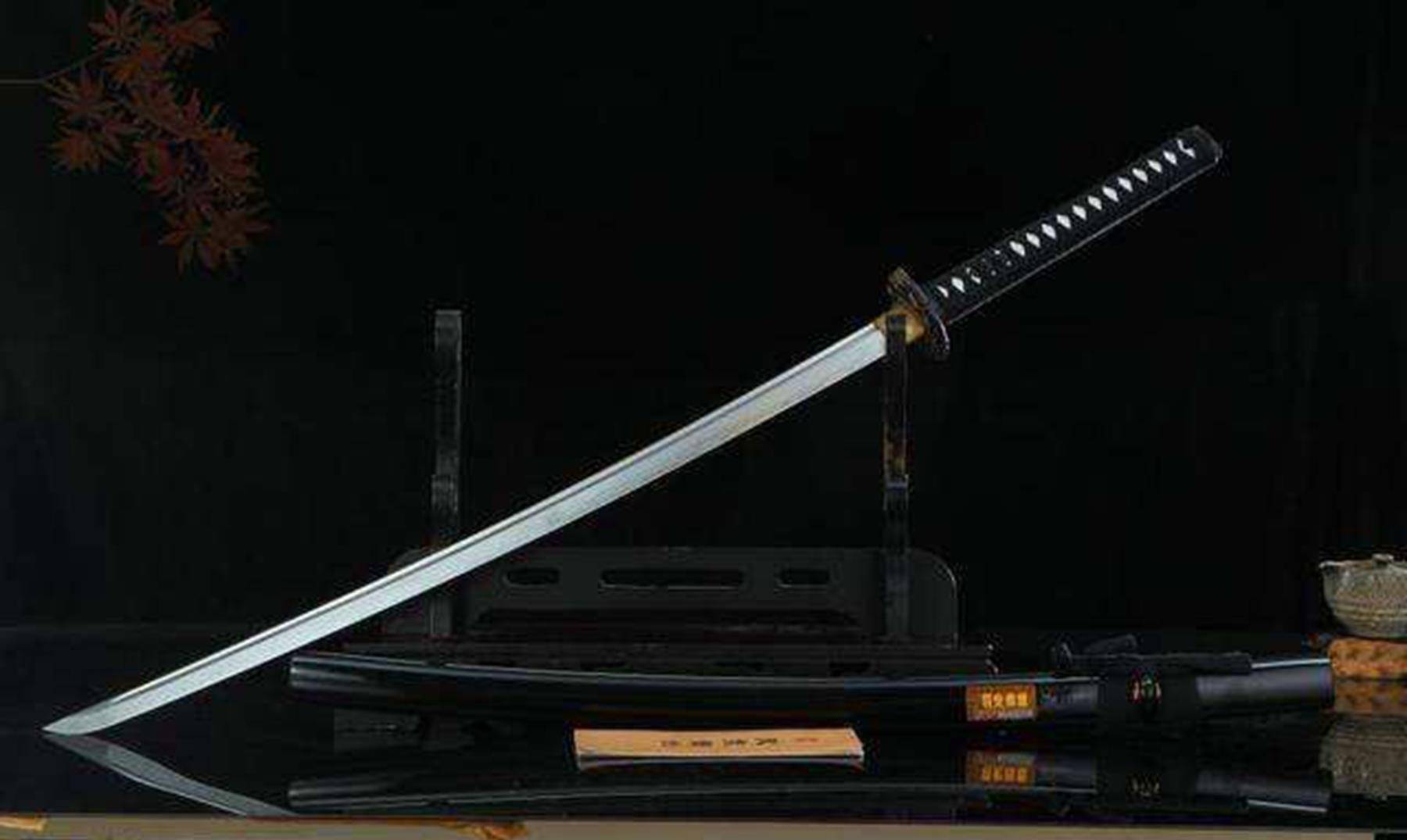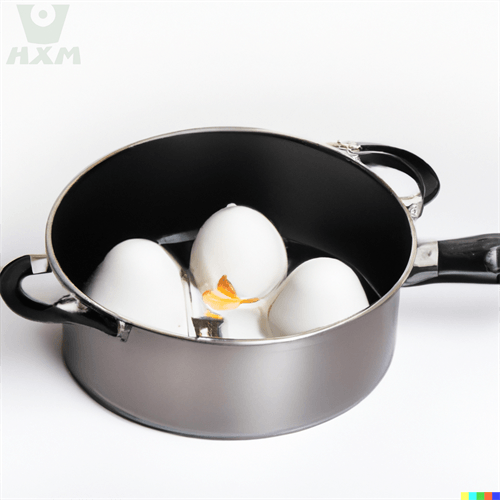The question of whether is low carbon steel hard or soft often arises in the vast world of metallurgy and materials science, especially among those new to the field or those seeking to understand the intricacies of this ubiquitous alloy. This article aims to provide a comprehensive, authoritative, and detailed answer to this question.
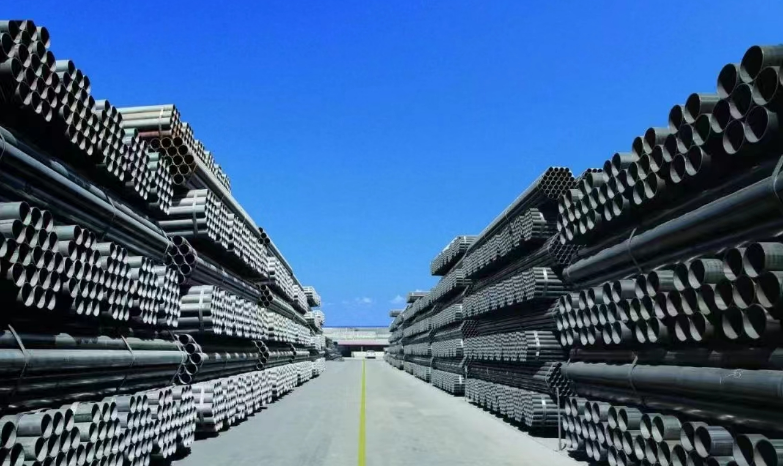
Is low carbon steel hard or soft?
Understanding Carbon Steel
Before delving into the hardness or softness of low carbon steel, it is crucial to have a fundamental understanding of carbon steel itself. Carbon steel is an alloy of iron and carbon, with the carbon content typically ranging from 0.02% to 2.1% by weight. The carbon content significantly affects the properties and performance of the steel, including its hardness, strength, ductility, and weldability.
Classification of Carbon Steels
Carbon steels are broadly classified into three categories based on their carbon content: low carbon steel, medium carbon steel, and high carbon steel.
- Low Carbon Steel: Contains up to approximately 0.30% carbon. It is the most common type of carbon steel due to its excellent weldability and machinability.
- Medium Carbon Steel: Has a carbon content ranging from 0.30% to 0.60%. It offers a good balance of strength and ductility.
- High Carbon Steel: Contains more than 0.60% carbon. It is extremely hard and brittle, making it unsuitable for many applications.
Hardness and Softness of Low Carbon Steel
The hardness or softness of a material is typically measured using various hardness scales, such as the Rockwell, Brinell, or Vickers scales. However, these scales provide a quantitative measure of hardness, which does not necessarily translate directly to the perception of “hard” or “soft” in layman’s terms. Therefore, we must consider the mechanical properties and microstructure of low carbon steel to fully understand its hardness characteristics.
Mechanical Properties of Low Carbon Steel
Low carbon steel is characterized by its relatively low carbon content, which results in a microstructure consisting primarily of ferrite and a small amount of pearlite. Ferrite is a soft phase in steel, while pearlite is a harder phase composed of alternating layers of iron and cementite (iron carbide).
The low carbon content in low carbon steel results in a microstructure with relatively few pearlite particles dispersed within the ferrite matrix. This microstructure gives low carbon steel its characteristic ductility and toughness, allowing it to deform significantly before failing. However, it also means that low carbon steel is generally softer than higher carbon steels.
Comparison with Other Steels
When compared to medium and high carbon steels, low carbon steel exhibits lower hardness and strength values. This is because the increased carbon content in medium and high carbon steels leads to a greater volume fraction of the harder pearlite phase within the microstructure.
On the other hand, low carbon steel’s excellent weldability and machinability stem from its soft and ductile nature. These properties make low carbon steel a popular choice for applications requiring high formability, such as sheet metalworking, automotive body panels, and some types of machine parts.
Treating and Alloying Low Carbon Steel
While low carbon steel is naturally softer than higher carbon grades, its properties can be modified through various heat treatment processes and the addition of alloying elements. For example, quenching and tempering can increase the hardness of low carbon steel by transforming some of the ferrite into martensite, a harder phase. However, this also reduces the ductility and toughness of the steel.
The addition of alloying elements, such as manganese, chromium, nickel, and molybdenum, can also influence the hardness and other mechanical properties of low carbon steel. These elements can be added to create alloy steels with specific performance characteristics tailored to meet the demands of particular applications.
Conclusion
In summary, low carbon steel is generally softer than higher carbon grades due to its lower carbon content and microstructure dominated by the soft ferrite phase. However, its excellent weldability, machinability, and ductility make it a highly versatile material suitable for a wide range of applications. The hardness of low carbon steel can be modified through heat treatment and alloying, but this often comes with trade-offs in other mechanical properties.
Thank you for reading our article and we hope it can help you to find the answer to the question: Is low carbon steel hard or soft? If you are looking for carbon steel suppliers and manufacturers online now, we would advise you to visit Huaxia Steel.
As a leading supplier of carbon steel from Shanghai China, Huaxia Steel offers customers high-quality carbon steel products at a very competitive price.


